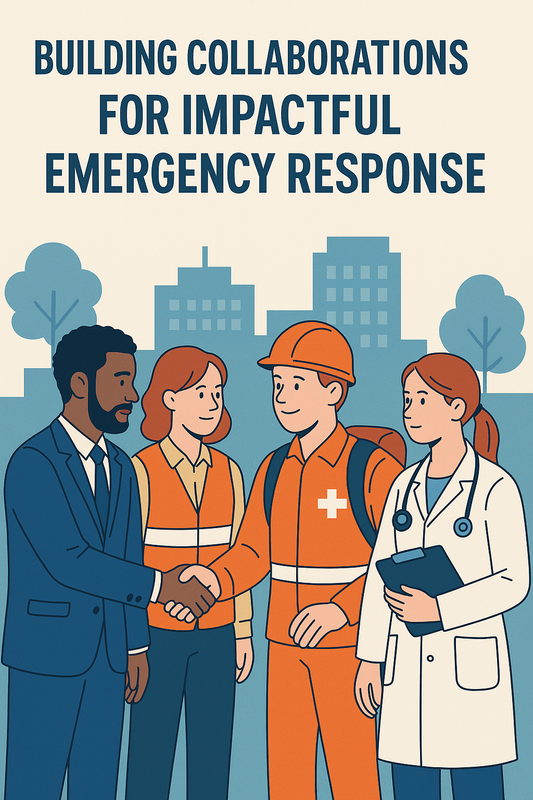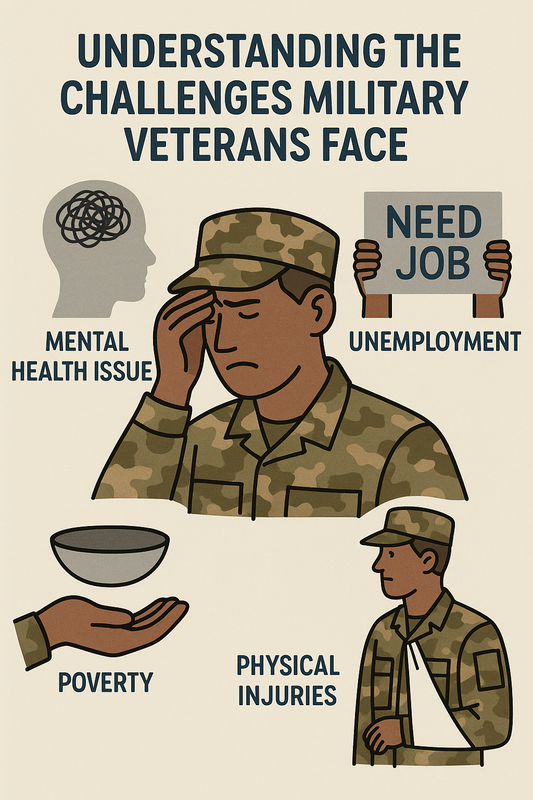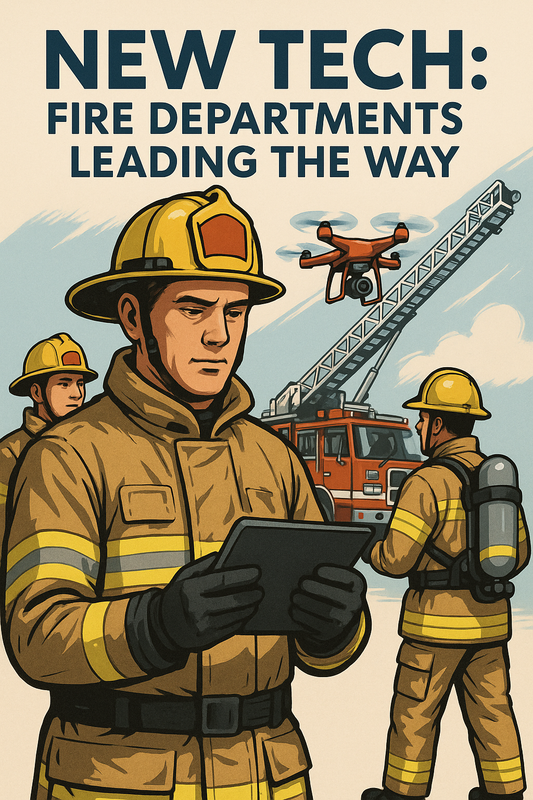
The Hero Tech Revolution: Transforming Emergency Response Times for Heroes
Frequently Asked Questions
1. How does technology improve emergency response times?
2. What role do drones play in emergency responses?
3. How is artificial intelligence used in emergency services?
4. What are the benefits of virtual reality in training emergency responders?
5. What challenges do emergency services face in integrating new technologies?
In an ever-evolving world, technology plays a crucial role in various sectors, and emergency response is no exception. The integration of new technologies for our heroes in emergency services has dramatically improved response times, saving countless lives in the process. Today, we delve into the profound impact of technology on emergency response times, exploring how advancements are reshaping the way we respond to crises.
The Importance of Quick Response Times
When emergencies occur—whether a natural disaster, medical emergency, or personal crisis—the minutes, and even seconds, matter. Rapid response times can be the difference between life and death. For medical workers, being able to reach and treat patients swiftly is vital, particularly when every second counts.
Research shows that reducing response time in emergencies can lead to significantly better outcomes for individuals in distress. Utilizing technological advancements makes it easier for first responders to arrive on the scene in a timely manner, improving their ability to provide immediate assistance.
Technological Innovations Redefining Emergency Services
Several innovative technologies have emerged that are revolutionizing the field of emergency responses. Here are some of the key advancements:
Big Data and Analytics
Big data has paved the way for more informed decision-making in emergency services. By analyzing vast amounts of data, responders can identify high-risk areas and prepare for possible emergencies. For instance, predictive analytics can inform teams about potential incidents, leading to proactive measures that ensure quicker response times.
Mobile Applications
Mobile apps are a game-changer for emergency services. With apps designed for both citizens and first responders, help can be summoned more efficiently than ever. Users can quickly connect to emergency services, provide real-time location data, and even share vital health information. This ensures that medical workers are better prepared upon arrival, providing effective care right from the start.
Communication Technology
Effective communication is a cornerstone of successful emergency responses. Technology has enhanced communication channels through the use of high-speed internet, radio systems, and secure messaging platforms. These systems allow responders to relay information quickly, ensuring that everyone involved—from dispatchers to on-the-ground medical workers—remains informed.
The Role of Drones in Emergency Responses
Drones have emerged as an invaluable tool for emergency response teams, particularly in unreachable or hazardous areas. Here’s how drones are making waves:
- Surveillance and Mapping: Drones can quickly survey disaster areas, providing real-time images that help assess the situation. This allows emergency services to plot their response strategies more efficiently.
- Medical Supply Delivery: Drones can swiftly deliver medical supplies, equipment, or even medications to locations that are difficult to access. Imagine a scenario where a patient needs urgent care, but the roads are blocked—drones can bridge that gap.
- Search and Rescue: Drones are essential in search and rescue missions, particularly in natural disasters. They can cover vast terrains to locate individuals in distress, aiding responders in focusing their efforts.
The Integration of Artificial Intelligence
Artificial Intelligence (AI) is taking emergency response to the next level. AI can analyze data from various sources in seconds, helping to predict emergencies and optimizing deployment strategies. Here’s how:
- Emergency Dispatch: AI algorithms can suggest the best available units based on their proximity and readiness, improving response times dramatically.
- Resource Allocation: AI can evaluate calls and prioritize them based on urgency, ensuring that the most critical cases receive attention first.
- Trend Analysis: By analyzing past data, AI can help identify patterns that may indicate an increased risk of certain emergencies, allowing for better preparedness.
Transforming Training with Virtual Reality
Virtual Reality (VR) technology is becoming a standard in training emergency responders. It provides a safe environment for learning and practicing their skills without real-world risks. Here are some advantages of VR in emergency training:
- Realistic Scenarios: Trainees can experience life-like situations, preparing them for the unpredictable challenges they may face.
- Immediate Feedback: VR can provide instant feedback on performance, helping learners identify their strengths and weaknesses efficiently.
- Cost-Effective: By using VR, training programs can reduce expenditures by minimizing the need for costly physical simulations.
Challenges Ahead
Despite the tremendous benefits that technology brings to emergency response, challenges remain. Some issues include:
- Funding and Resources: Many emergency services struggle with budget constraints that can limit access to the latest technology.
- Data Privacy: As technology advances, ensuring the privacy and security of sensitive data becomes crucial.
- Training and Adaptation: Medical workers must continuously adapt to new technologies, which can require significant training efforts.
Community Involvement in Technological Advancement
The relationship between our heroic emergency services and the communities they serve is critical. Tech advancements can only flourish if there’s a collaborative spirit. Community involvement can manifest in various ways:
- Public Awareness Campaigns: Educating citizens about available technologies and proper emergency reporting can improve service efficiency.
- Feedback Systems: Emergency services should consider community feedback to fine-tune their technological systems.
- Volunteer Programs: Local initiatives can support training and equipment needs, fostering better emergency response capabilities.
Elevating Standards: The Future of Emergency Responses
The integration of technology into emergency response mechanisms is just the beginning. As we move into the future, we can expect further advancements that will elevate response standards higher than ever before. The collaboration of tech companies, healthcare providers, and communities will ensure these innovations serve their purpose effectively.
With ever-increasing tools at their disposal, medical workers will be better equipped to deliver timely and effective care. As we embrace technological advancements, response teams will not only save precious minutes but potentially save lives, enhancing the overall robustness of emergency services.
Join the Technological Movement
As we’ve seen, the impact of technology on emergency response times is profound and wide-reaching. From drones and AI to community involvement and wellness initiatives for medical workers, technology is setting a new standard in enhancing response capabilities. Embrace the changes, foster innovation, and most importantly, support those who serve, for they are at the heart of any emergency response system.




